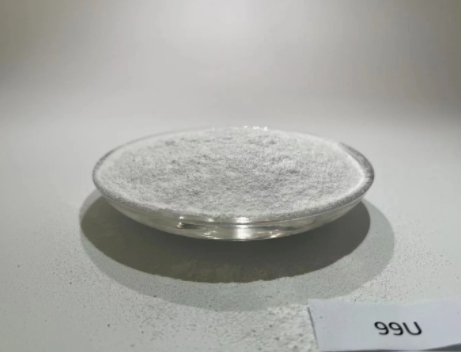What is the density of undensified silica fume?
Silica fume, also known as microsilica, is a byproduct of producing silicon metal or ferrosilicon alloys. It is a fine, powdery material composed of highly reactive silicon dioxide particles. The density of undensified silica fume refers to its mass per unit volume, which can vary depending on factors such as particle size, packing efficiency, and moisture content.
Density Measurement:
The density of undensified silica fume is typically measured in kilograms per cubic meter (kg/m³) or pounds per cubic foot (lb/ft³). It is important to note that the density can vary slightly between different batches of silica fume due to variations in production processes and raw materials.
Factors Affecting Density:
Particle Size: Finer particles tend to pack more closely together, resulting in higher density. Silica fume with smaller particle sizes generally has a higher density compared to coarser grades.
Packing Efficiency: The packing efficiency of silica fume particles depends on their shape, surface characteristics, and how tightly they are packed together. Higher packing densities result in higher overall density of the material.
See also:
Is C2H4 gas the key to sustainable energy?
Is Hydrogen Gas the Future of Energy?
Unveiling the Chemical Properties of SF6 Gas
Revolutionizing Safety: Is Calibration Gas The Solution?
Top-Quality Industrial Gas for Sale: Where to Find and How to Choose
Is Sulphur Hexafluoride for Sale Fueling Environmental Concerns?
Unlocking the Potential of Silanes Gas in Glass ProductionMoisture Content: Moisture trapped within the silica fume particles can affect their density. Higher moisture content may increase the volume occupied by the material, leading to lower overall density.
Typical Range of Density:
The density of undensified silica fume typically falls within the range of 600 kg/m³ to 750 kg/m³ (37 lb/ft³ to 47 lb/ft³). However, it is essential to consult the specifications provided by the manufacturer or supplier for the specific density of the silica fume product being used, as it can vary based on the production process and intended application.
Importance in Applications:
Understanding the density of undensified silica fume is crucial in various applications, especially in concrete and cementitious materials. Silica fume is often added to concrete mixtures to improve strength, durability, and other properties. The density of silica fume can influence the volume of concrete produced and the overall performance of the mixture. Therefore, accurate density measurements are essential for achieving desired concrete properties and ensuring the success of construction projects.
In conclusion, the density of undensified silica fume is a critical parameter that can impact its performance in various applications, particularly in concrete mixtures. By understanding the factors affecting density and obtaining accurate measurements, engineers and construction professionals can optimize the use of silica fume to achieve desired outcomes in their projects.
Revolutionizing Healthcare: Benefits of Custom Medical Gas Products" - Why are custom medical gas products gaining popularity?
How to choose high quality custom medical gas products?
How Does hydrogen fuel cell Work?
4 Advice to Choose a High-Quality Electronic Gases
Revolutionizing Green Energy: DIY Methane Production Tips?
C3F6 Gas for Sale: Comparing Prices and Quality
Are High-Quality Electronic Gases the Future?










